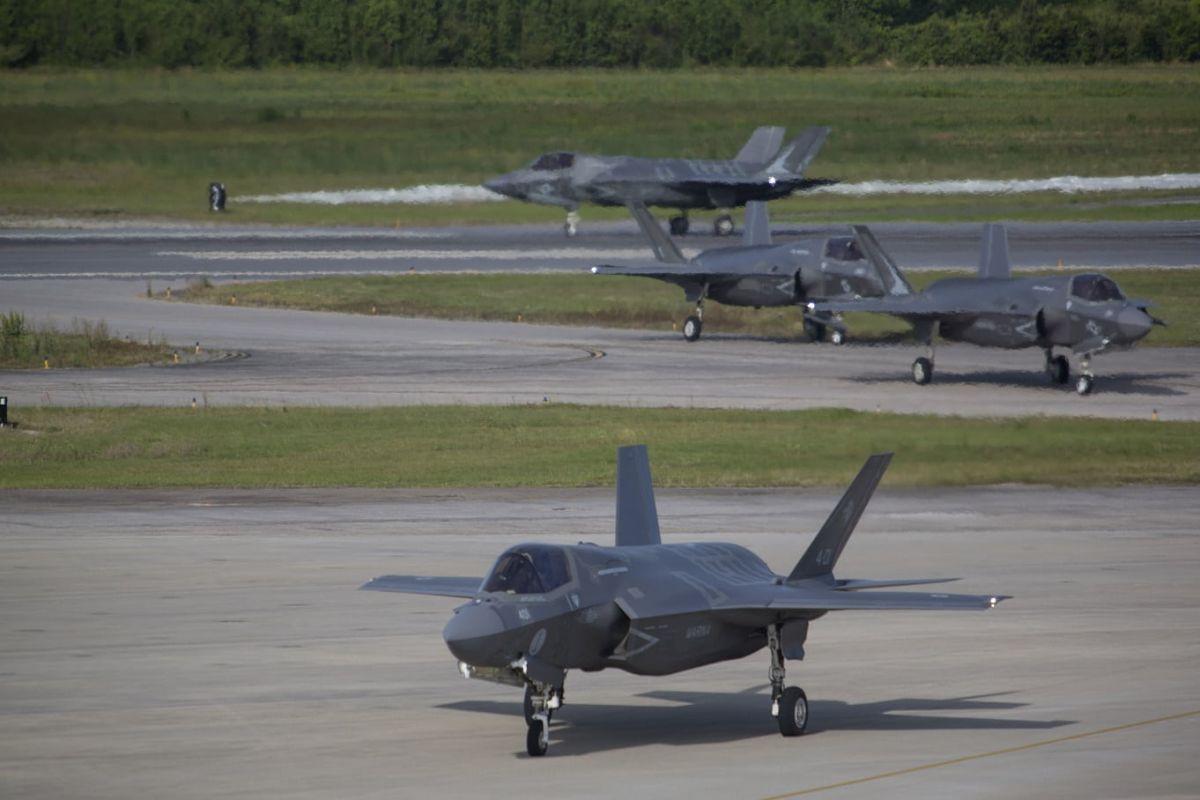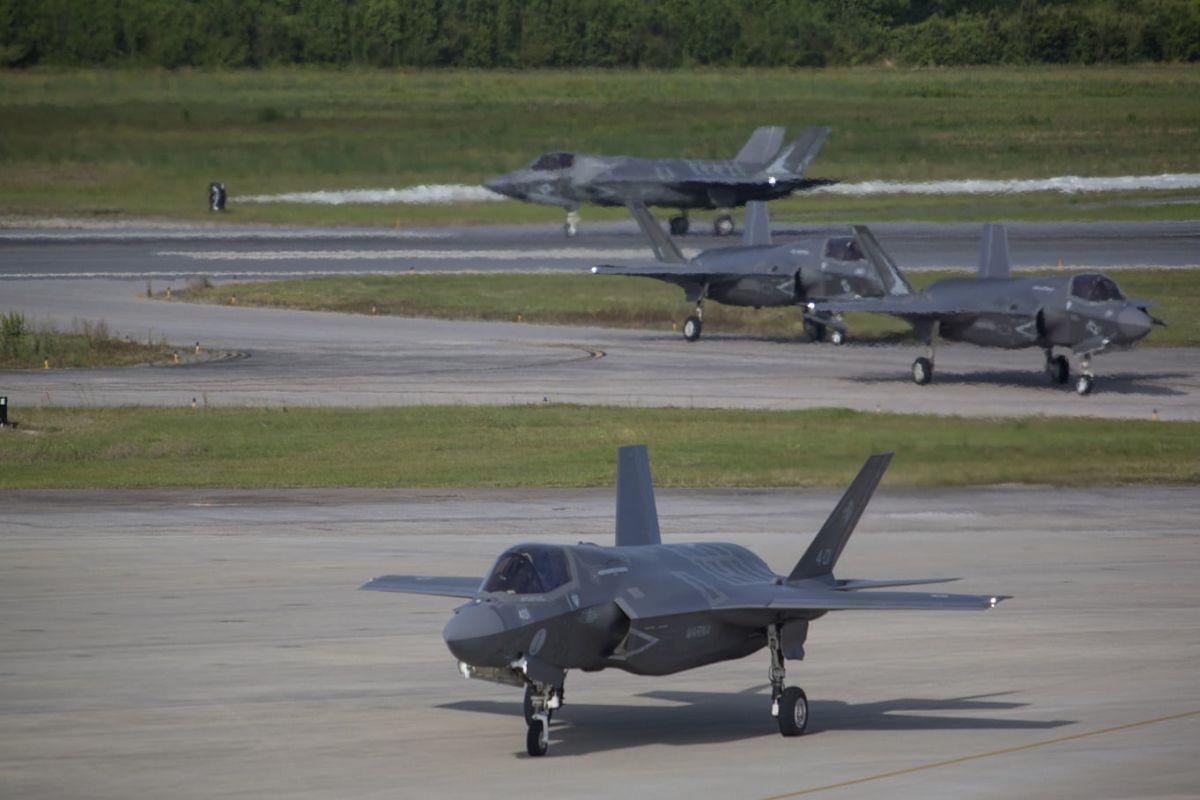“China is working faster than the US to strengthen its air bases and diversify its combat aircraft in the Indo-Pacific region.”, — write: www.unian.ua
China is working faster than the US to strengthen its air bases and diversify its combat aircraft in the Indo-Pacific region.
 China can catch the USA by surprise, analysts believe / photo – Debra SainerIn the event of a military conflict, China could suppress or destroy critical US aircraft in the Indo-Pacific with far fewer shots than it would take the US and its allies to do the same to Beijing’s air force.
China can catch the USA by surprise, analysts believe / photo – Debra SainerIn the event of a military conflict, China could suppress or destroy critical US aircraft in the Indo-Pacific with far fewer shots than it would take the US and its allies to do the same to Beijing’s air force.This is stated in a study by the Hudson Institute conducted by Thomas Shugart and Timothy Walton, writes Business Insider.
Analysts noted that China is working faster than the United States to strengthen its air bases and diversify combat aircraft in the Indo-Pacific region. This creates a noticeable imbalance in China’s favor.
According to them, in the event of a conflict, for example, the struggle for Taiwan, it will not be difficult for Beijing to attack American airfields, since they are vulnerable to attack.
Shugart and Walton shared that China has more than doubled the number of fortified aircraft shelters and unfortified individual aviation shelters in the region over the past decade. In addition, Beijing has increased the number of taxiways and ramps.
Analysts believe that all these efforts actually give the Chinese military more places to defend and launch warplanes in a potential battle with the enemy.
At the same time, the US effort looks more than modest, according to Shugart and Walton. They emphasized that the number of American and allied airfields in the region is about one-third that of China.
That imbalance means China would need far fewer missiles or airstrikes to neutralize U.S. and allied airfields than an opposing side, Shugart and Walton added. They warned that a sudden pre-emptive strike by Beijing could catch the US and its allies off guard and give China the upper hand in air operations.
“Strategically, such a destabilizing asymmetry risks prompting the PRC to take advantage of the first-person advantage. China may initiate a conflict if it sees an opportunity to nullify the enemy’s air power on the ramp,” the study says.
Shugart and Walton recalled that China has invested a huge amount of money in its missile forces. Also, satellite images recorded models of American military facilities on the territory of the People’s Republic of China, which may indicate that Beijing is really considering the scenario of a direct military confrontation with the United States.
The study argues that to counter the threat posed by China, the U.S. must continue to invest in proactively protecting its air operations, strengthen airfields to maintain their resilience, and accelerate efforts to develop aircraft and unmanned systems.
“An effective campaign to increase the resilience of U.S. airfield operations will require informed decisions about prioritizing projects and ongoing funding. However, one thing is clear: U.S. airfields are indeed at risk of attack, and the current approach of the Department of Defense, which consists largely of ignoring this fact, invites the PRC to aggression and risks losing the war,” concluded Shugart and Walton.
The situation in the Indo-Pacific regionEarlier, The Telegraph wrote that the US is building an island fortress in the Pacific Ocean to counter China. Guam could become the most important facility in the region for US and allied forces in the event of a PRC invasion of Taiwan.
In addition, US Air Force Secretary Frank Kendall stated that a war between the United States and China in the Pacific Ocean is not inevitable, but the threat of it is growing. According to him, “to prevent a conflict, the United States must be ready.”
You may also be interested in news:
- Haven’t fought in a long time: the Pentagon indicated what experience of the Russian Federation should be taken into account by China when attacking Taiwan
- Building up the US’s nuclear potential will not deter China from a nuclear strike, study finds
- China’s major naval exercises could be a rehearsal for an attack on Taiwan, – FT
